MEDICAL
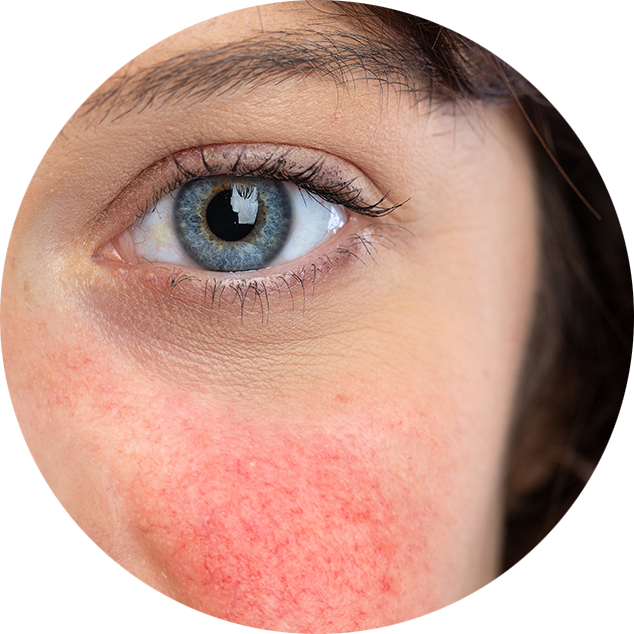
rosacea
Redness, broken blood vessels, flushing, and pimple-like bumps are the most common signs of rosacea. Triggers that cause rosacea to flare include stress, sunlight, spicy food, and alcohol. The skin tends to be very sensitive, so irritating products should be avoided. Treatments include topical medications, oral antibiotics, and laser treatments.
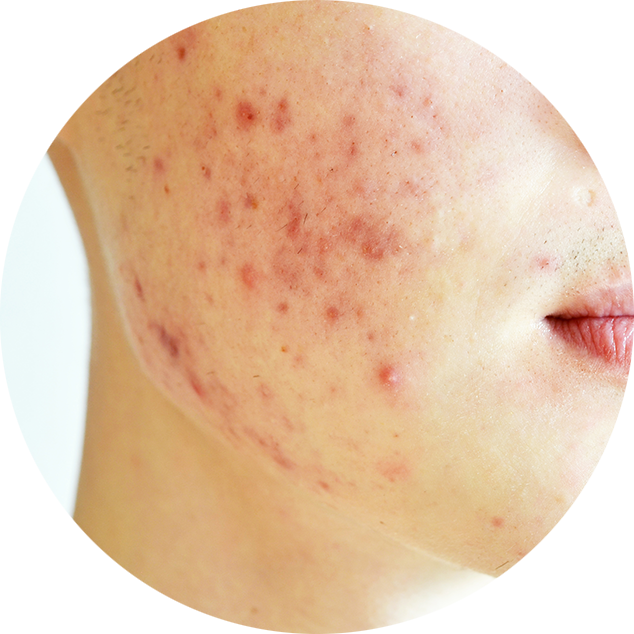
Acne
Acne is most common in teenagers but can happen at any age. While over-the-counter ingredients such as benzoyl peroxide and salicylic acid can improve acne, many people need prescription treatment to control their acne. Dr. Ananth can recommend a personalized regimen including skin care, topical medications, and/or oral medications to treat acne.

Psoriasis
Psoriasis is a common inflammatory condition that causes red scaly plaques anywhere on the body but most commonly on the elbows, knees, and scalp. Some patients also develop arthritis of the joints. Depending on how severe your psoriasis is, treatments include phototherapy, and topical, oral, or injectable (biologic) medications, which are highly safe and effective. For more information, visit the National Psoriasis Foundation at www.psoriasis.org.

Eczema
Eczema, also known as atopic dermatitis, causes chronic, itchy skin rashes. It usually starts in childhood and can often persist into adulthood. Many patients with atopic dermatitis also have hay fever (allergic rhinitis) and/or asthma. People with atopic dermatitis tend to have very dry skin, and should use moisturizer daily. Depending on severity, many treatments are available, including phototherapy, and topical, oral, or injectable (biologic) medications.
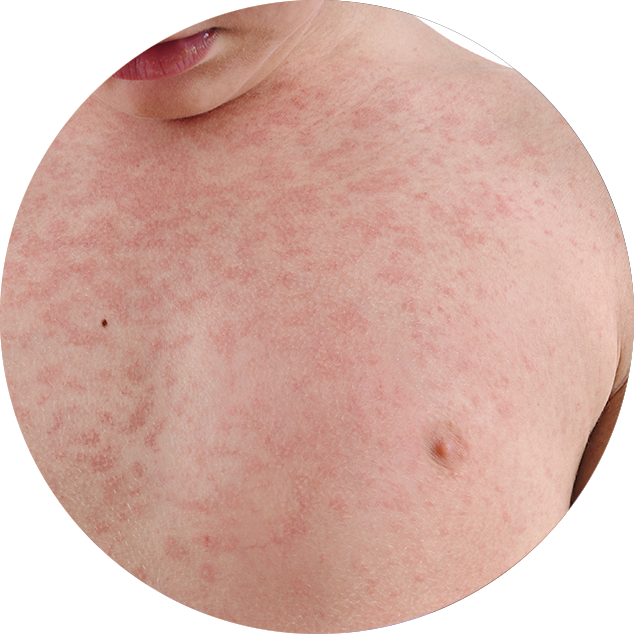
Rashes
Dr. Ananth is an expert in differentiating different types of skin rashes, such as drug reactions, allergic contact dermatitis (including poison ivy), urticaria (hives), viral rashes, eczema, psoriasis, autoimmune conditions, and more. Rashes may be minor or serious, and treatments vary depending on the underlying cause.
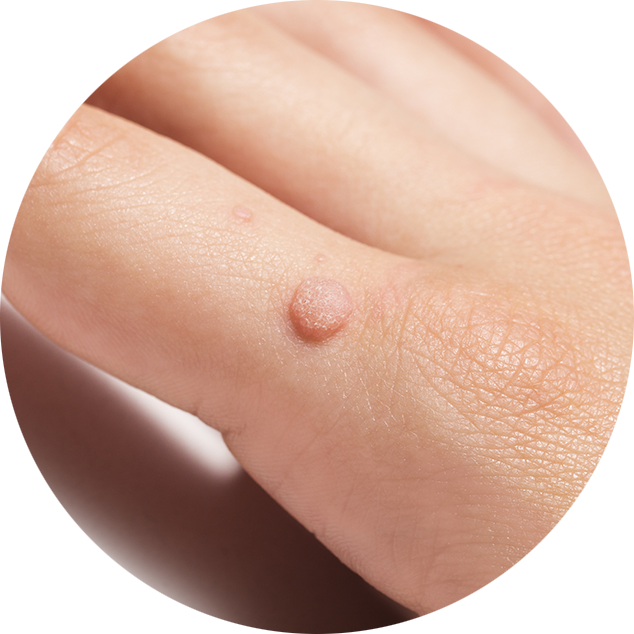
Warts
A wart is a raised, rough growth on the skin, which is caused by a virus. Many people will have warts at some time in their life, though they are most common in childhood. Multiple different treatments can be used to remove warts, including salicylic acid, freezing, and topical treatments applied in the doctor’s office.
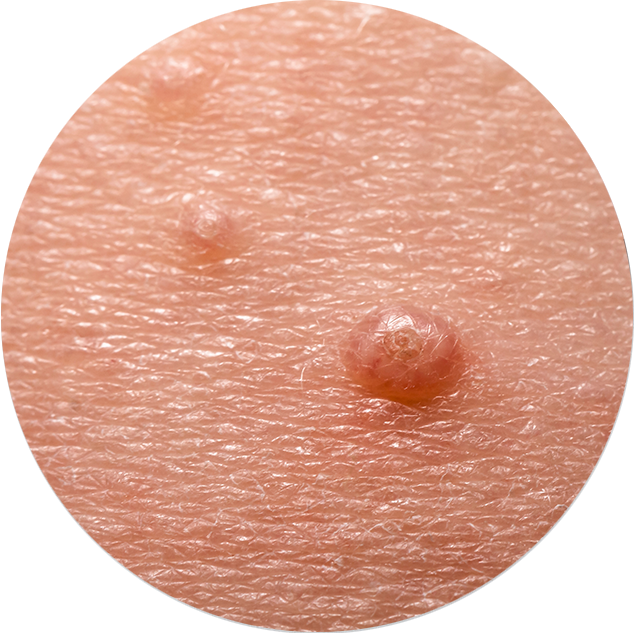
Molluscum
Molluscum contagiosum is caused by a virus and occurs most commonly in young children. It is characterized by small, skin-colored, smooth bumps on the skin. Treatments include freezing, topical treatments applied in the doctor’s office, and curettage.
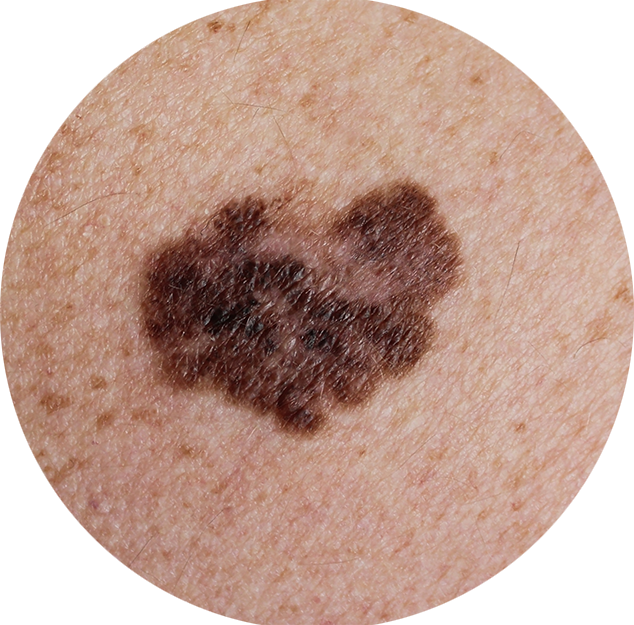
Skin Cancer
Skin cancer is more common than all the other types of cancer combined. The three types of skin cancer are basal cell carcinoma, squamous cell carcinoma, and melanoma. Sun exposure and tanning bed use increase the risk of skin cancer. Warning signs for skin cancer include skin lesions that are painful, bleeding, scabbed or not healing, or a mole that is asymmetric, has an irregular border, has multiple colors, or is larger than a pencil eraser. Schedule a yearly full body skin examination to be screened for skin cancers.
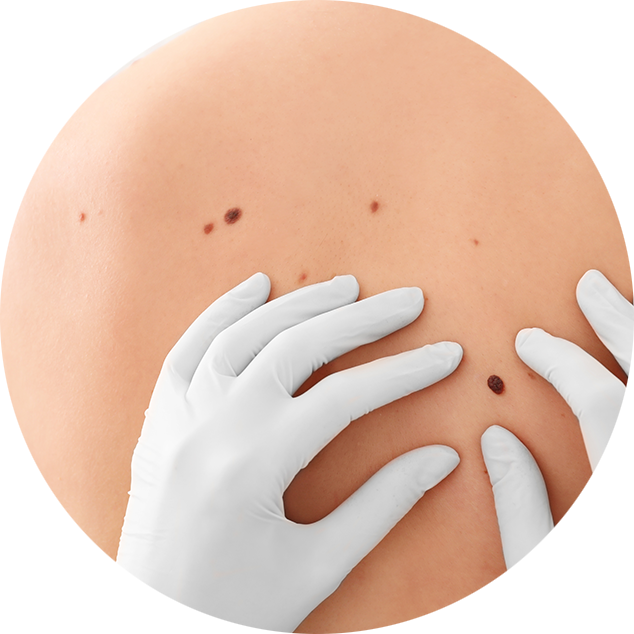
Moles and Other Benign Skin Growths
Moles are usually brown or skin colored and can be flat or raised. Most moles are benign, but a dermatologist can let you know if any of your moles are atypical or concerning for skin cancer. There are also many other benign skin growths such as angiomas, seborrheic keratoses, cysts, lipomas, dermatofibromas, skin tags, and neurofibromas. A dermatologist can advise you what treatment options are available for these benign skin lesions.
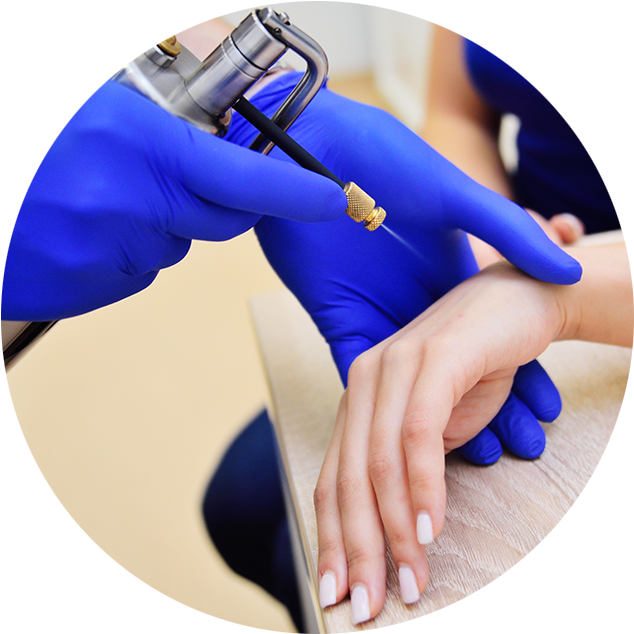
Surgical Procedures
Dr. Ananth offers a wide range of surgical procedures of the skin including skin cancer removal, cyst removal, skin biopsy, mole removal, skin tag removal, treatment of warts and molluscum, and destruction of precancerous lesions, such as actinic keratoses.

Pediatric Dermatology
Dr. Ananth treats patients of all ages, from birth to 100+ years.

Others
Other skin conditions treated by Dr. Ananth include skin infections, tinea versicolor, nail fungus, seborrheic dermatitis (dandruff), keratosis pilaris, hair loss, pigment disorders, and more.